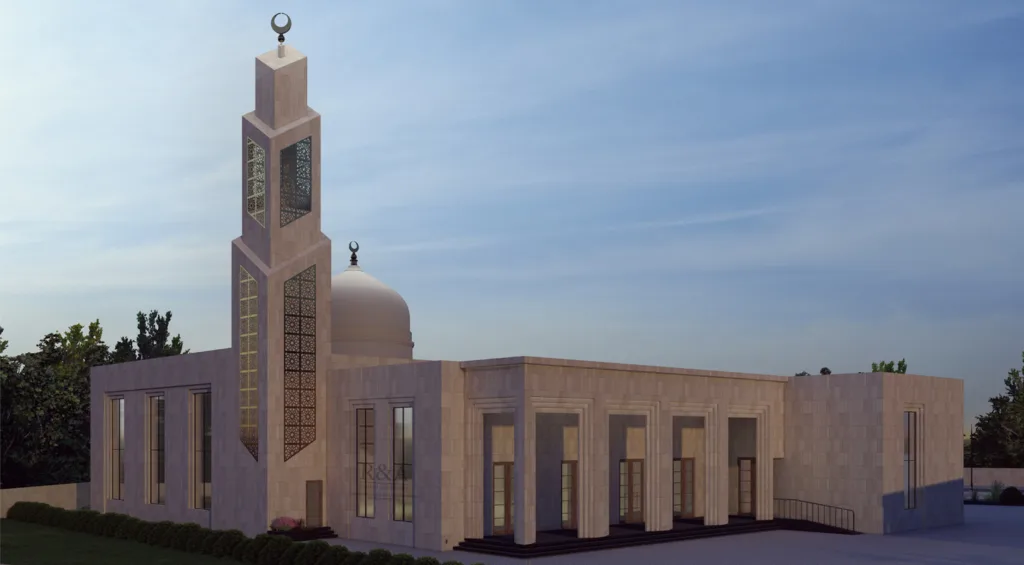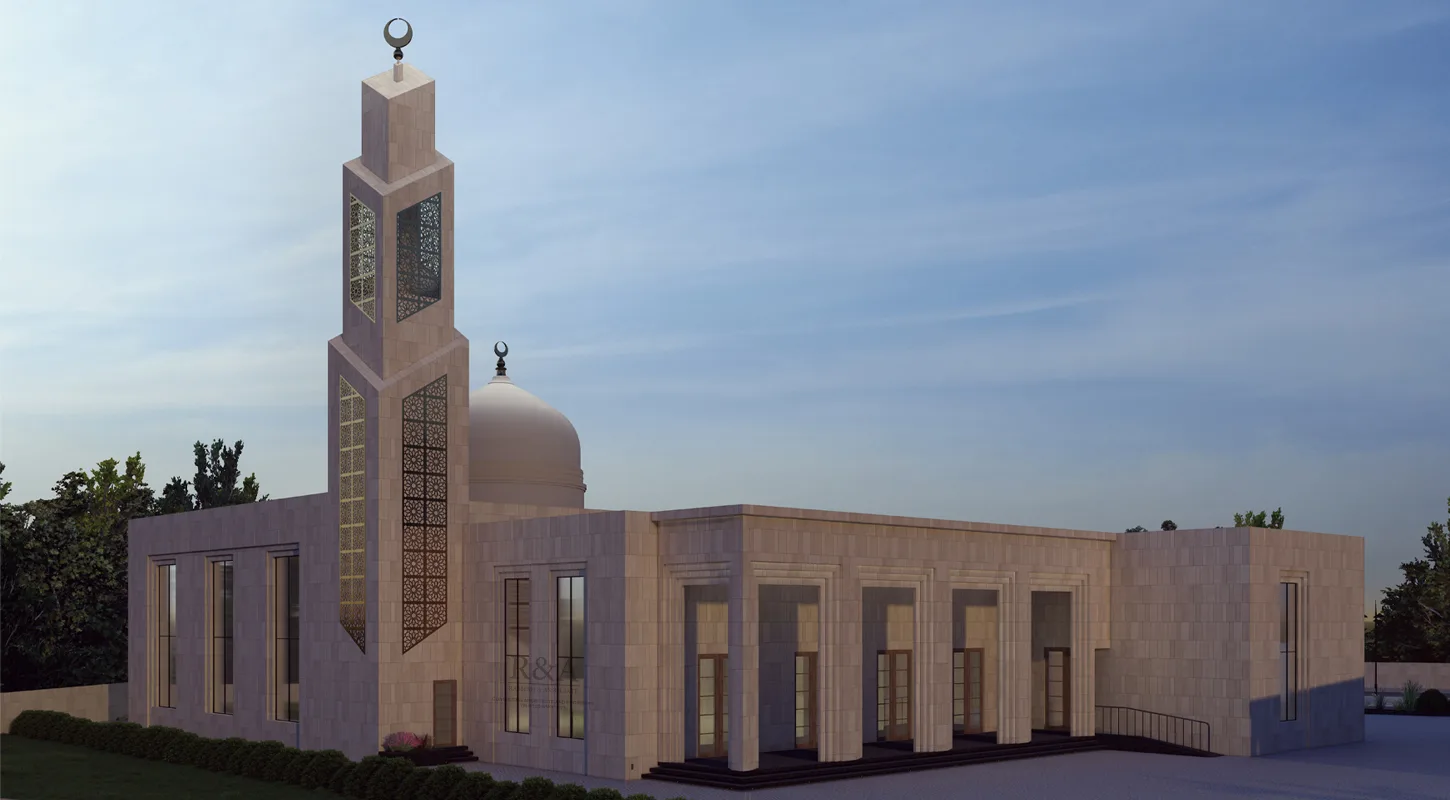
A thorough comprehension and respect of the religious and cultural significance of a mosque is necessary while designing its interior. Designing an area that captures the beauty, calm, and spirituality of Islamic architecture is crucial.
Mosques are centers of worship with significant religious and symbolic meaning in Islamic tradition. A reflection of Islam’s spiritual essence should be incorporated into the interior design. Consider about incorporating Arabic calligraphy, geometric patterns, traditional Islamic themes, and other elements throughout the room. In addition to improving the aesthetics, these symbols foster an atmosphere that is spiritually uplifting.
Mosques are places of public prayer and gathering, thus order and efficiency are essential.The layout should ensure ease of movement, clear circulation paths for worshippers, and separate areas for men and women if required. In order to ensure visibility and accessibility for the congregation, attention should be given to the location of crucial components such the minbar (pulpit) and mihrab (prayer niche).
Mosques frequently have architectural features that give them a distinct personality. Islamic architecture relies heavily on the design of its arches, domes, and columns. Incorporate detail and intricate craftsmanship to highlight the mosques’ beauty and grace.
Islamic architecture heavily relies on light to represent the divine presence. To create a sense of connection between the worshipper and the heavens, the design should make the most of natural light through huge windows, skylights, or light wells. When using artificial lighting for evening prayers, it’s important to balance out the natural light and create a more pleasing atmosphere.
The choice of materials should reflect the timeless beauty and durability associated with mosques. Consider using materials such as marble and stone. which have been traditionally used in Islamic architecture. These materials not only offer aesthetic appeal but also provide a sense of warmth and authenticity to the interior space.
The central feature of a mosque’s interior is the prayer space. The design should provide a serene and contemplative atmosphere. Utilize a minimalist approach with uncluttered spaces, allowing worshippers to focus on their spiritual connection.
A mosque’s interior design demands a careful balancing act between maintaining the building’s historic beauty and adding contemporary features. The fundamentals of mosque interior design center on producing a space that is both aesthetically pleasing and functional while also being spiritually uplifting. Designers can create surroundings that inspire devotion and offer a peaceful sanctuary for worshippers by honoring the cultural significance, symbolism, and spirituality associated with mosques.


